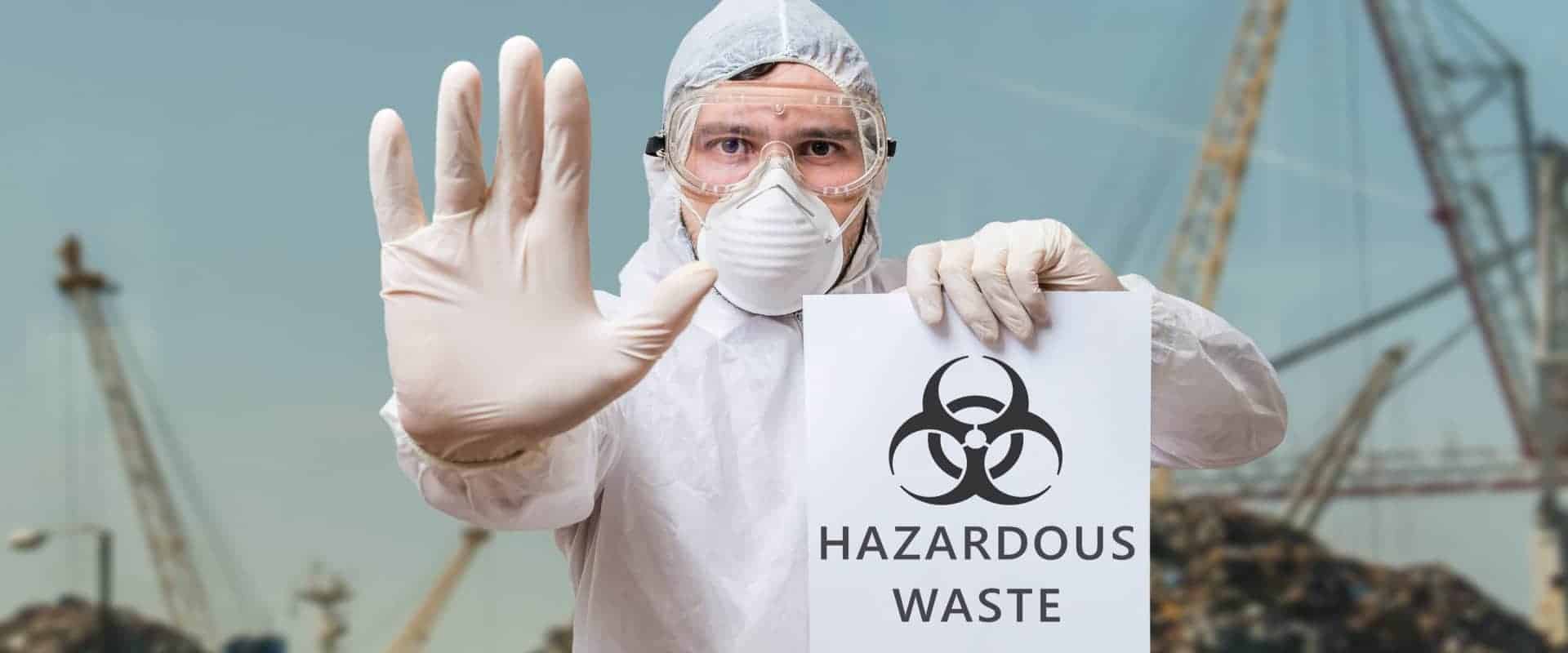
HAZARDOUS WASTE
Hazardous waste is defined under environmental legislation and covers waste that contains substances or properties that are harmful to human health or the environment.
Anything defined as hazardous waste cannot be put in a skip mixed with general waste. If you’re unsure about the classification of your waste, please contact us.
Talking Rubbish can arrange specialist disposal for hazardous waste, making sure that it is legally and correctly transported and disposed of.
Some items are banned for legal, environmental, and/or safety reasons. This includes asbestos, batteries, gas cylinders, electrical equipment, clinical waste, solvents, and liquids.
- FRIDGES / FREEZERS
- PAINT / PAINT CANS
- ASPHALT
- ASBESTOS
- LIMITED PLASTERBOARD
- MEDICINES
- ASBESTOS
- BATTERIES
- RADIOS / KETTLES
- MICROWAVES
- GAS BOTTLES
- TYRES
- JAPANESE KNOTWEED
- PETROL / DIESEL / OIL
- SYRINGES / SOILED DRESSINGS
- COMPUTERS / MONITORS
- FLUORESCENT TUBES
- FOOD
BANNED WASTE
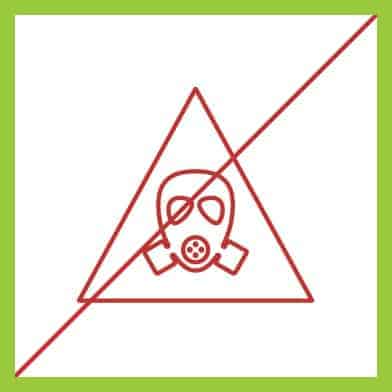
asbestos
Asbestos is a highly dangerous material covered by strict regulations. It should never be mixed with other rubbish and needs expert handling and specialist removal.
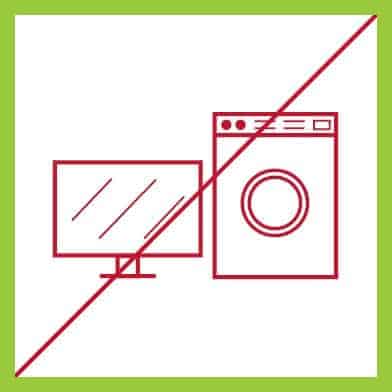
electronic equipment
Electrical equipment disposal comes under WEEE regulations so should not be treated as general waste. Contact us to discuss disposal options and additional recycling fees.
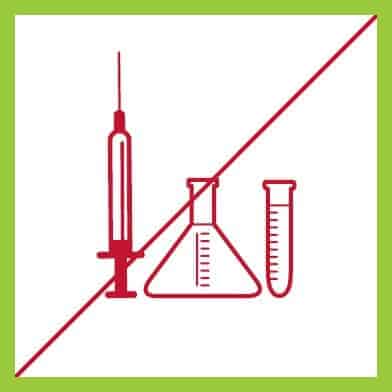
COSHH
COSSH (Control of Substances Harmful to Health) Medical and chemical waste is hazardous, particularly if handled without the correct safety equipment.
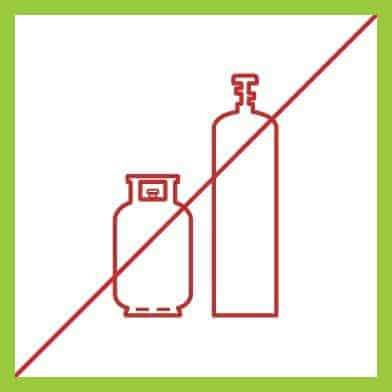
gas cylinders
Gas cylinders that still have gas in them are extremely dangerous to the environment, but there is also a risk from empty cylinders as they will always container residual amounts.
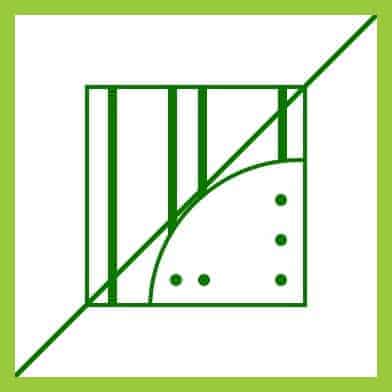
PLASTERBOARD & GYPSUM
There are government initiatives that are aiming to recycle gypsum and plasterboard waste. So these items are materials that should be taken to special recycling plants.

batteries
Batteries of all sizes contain various metals and chemicals that should be treated separately. These require specialist recycling as they need to be broken into their component parts.